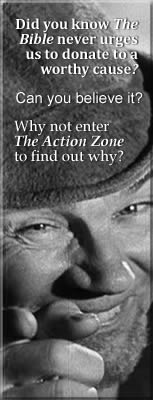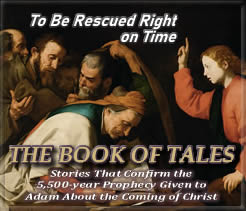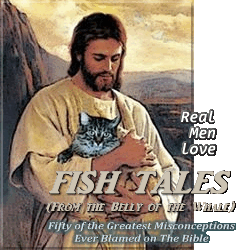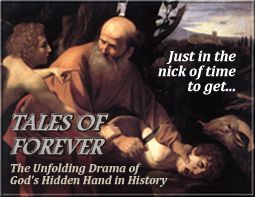Hollywood Comes of Age
The Birth of Social Realism
Over time, hindsight presents us with the unexpected luxury of discovering entirely new ways to view the same old evidence. As our knowledge of the invisible laws of nature compounds, our old perspectives and expectations are swept away. A new world is born out of the old; new ideas become the norm, and the old ways are all but forgotten.
Again and again, untold heroes have dared to remold this world’s view of reality. More often than not, however, these unique pioneers have gone unheralded in their efforts. Many have toiled and achieved great things, even in the face of anonymity.
One of the great ironies of history is that some people’s accomplishments are so profound and have such a tremendous impact upon society that the person who actually accomplished them quite literally, over time, becomes overshadowed by their own deeds. While their influence lives on, enriching the lives of people everywhere, they are all but forgotten to the mainstream population.
In the Arts, the Sciences, and the Humanities, many remarkable men and women have bestowed countless gifts through their efforts. Yet, for all intents and purposes, they remain forgotten heroes of history, their true identities “lost in time,” until now.
In the Arts, the advent of the cinema brought mankind a form of communication and self-expression unparalleled in the annals of history. Yet in its brief, century-long existence, there have only been a handful of individuals who were willing to risk pushing the boundaries of the medium beyond “adolescence,” beyond the artifice of the silver screen.
But in the postwar world of the late ‘40s and ‘50s, the time was ripe for those who were willing to dare, men like film producer and director, Stanley Kramer. In 1949, Kramer began establishing “a record of considerable fearlessness” by producing a series of daring, groundbreaking films.1
His first knockout blow came with a powerful one-two punch. One, Kirk Douglas became a star as the gritty Champion, in the first story of boxing corruption; and two, Kramer’s next landmark film, Home of the Brave, the first ever to confront the black man’s dilemma in a white man’s world.2
A genuine pioneer, Kramer was the first producer to boldly make Hollywood movies which were about critical, timely issues, no matter how unpopular they were at the time.3
Story Continues Below
To hear Kent and Zen continue their discussion concerning the implications of the 5,500-year chronology from Adam to Christ as it pertains to the faithfulness of God, CLICK BELOW.
Story Continues From Above
But it would never be easy. The fifties in America were a strange and difficult period: repression and conformity were the status quo. The movie screens, like the rest of the country, were caught in the shadow of McCarthyism. In response, Hollywood doled out a steady diet of pabulum: an odd mixture of crass materialism, Puritanism, and anti-intellectualism.4
Ironically enough, in a society where men could no longer act or think freely, on celluloid, “the male, driven inward,” developed a fresh, new awareness of himself.5
“For the first time since the advent of sound,” said Joan Mellen, in her penetrating study on American movies, “men in films were thoughtful, understanding of weakness (including their own), and quietly perceptive.”6
Nowhere was this more evident than in Stanley Kramer’s landmark film, The Men, which would star Marlon Brando as a WWII veteran paralyzed from the waist down. In his motion picture debut, Brando “transcended the traditional image of men on the screen.”7
Unlike any other film of its time, The Men dealt openly and honestly with the theme of lost manhood. According to Mellen, “The paralysis is symbolic of the general powerlessness felt during the repressive fifties, with its blacklists and insistence upon conformity.”8
And unlike any other actor of his time, Brando brought the raw emotions of the ordinary man to the screen. “His instant acclaim was a response to the weakness he projected as well as to the human strength he summoned to see him through adversity.”9
Struggling to remain a man despite his handicap, Brando "is allowed to cry.”10
He openly expresses despair over his condition, departing from the obligatory suppression of painful emotions, as John Wayne would do. “The Brando male thus represents a leap into screen maturity, because he is a person who learns to accept, and live with, weakness—a permanent rebuke to those who forever fawn over the male image of The Duke.”11






